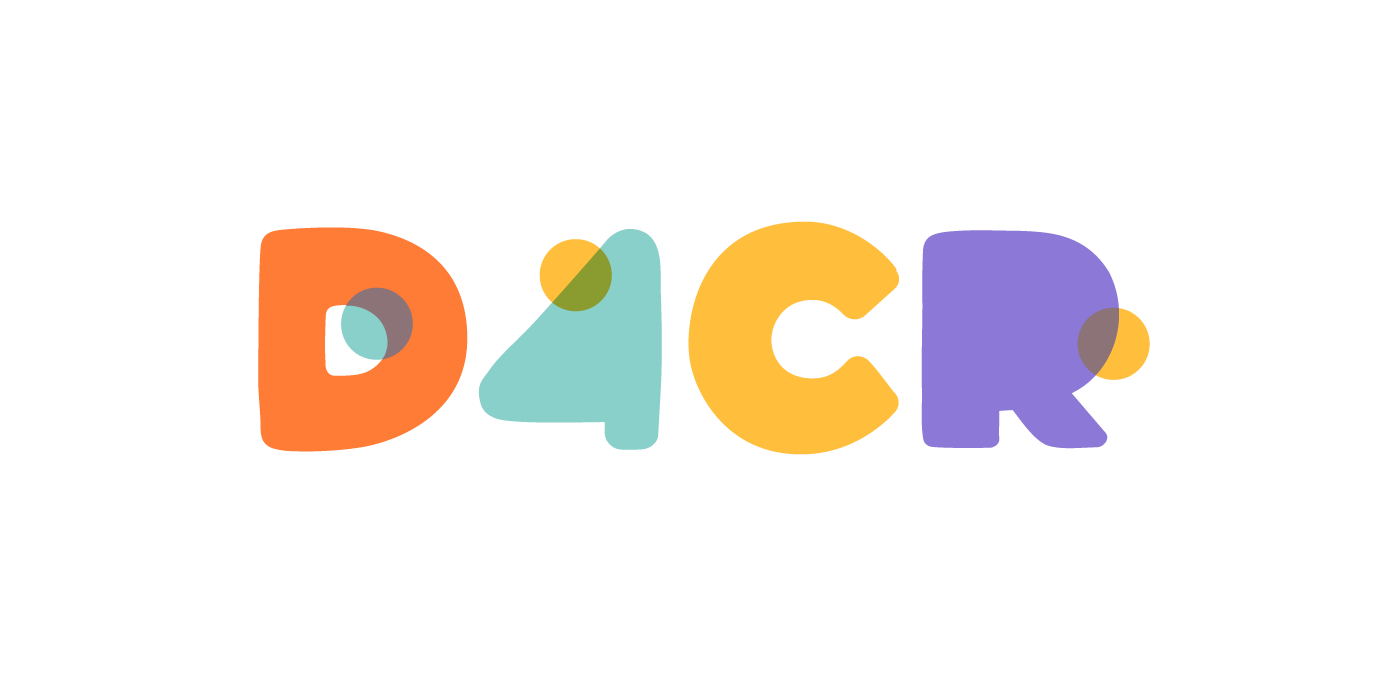METHODS
&
PRACTICES
 Discover (Research)
Discover (Research)
Materialising
METHODS & PRACTICES Physically or visually represent thoughts on the topic. This can be carried on both by the designer and the child participants, together or separately. Materialising helps to mediate and make evident implicit...
Role playing
METHODS & PRACTICES This method has the emphasis in encouraging the child to imagine or mimic different situations and envision themselves in different roles. Respect children's attitudes towards performing and provide alternatives in case...
Write user stories in the tone of voice as a child
METHODS & PRACTICES Write user stories in the tone of voice as a child Try to write stories in this format: I want xxx because I like xxx and I dont' like xxx. The perspective and voice is from the child speaking Write the text with the child's words for...
Co-creating/ Participatory design with Children
METHODS & PRACTICES Co-creating/ Participatory design with Children Define the roles. Adults should become more playful and the children should know and understand that their participation is equal to others. Consider the child's rights in...
The self-documentation practices
METHODS & PRACTICES The main aim in self-documentation practices is to collect data about children's understanding of a certain concept. The emphasis here is on visualising and materialising different concepts for kids so that they can...
Co-research
METHODS & PRACTICES Co-research Involving children as researchers at multiple stages of the design process. Co-research can support agency and responsibility and by allowing kids to influence the outcome. It can help kids understand diversity by helping them...
Children as Designers
METHODS & PRACTICES Design phase: research and ideation Goal: Learn about the child’s values through play, engagement, interaction, creation & manipulation. Activity: Let children create, craft and build prototypes for the problem/context you’re designing for....
Considerations When Testing With Children
METHODS & PRACTICES Time Children have short attention spans. 30 minutes to an hour is the recommended testing time. Test in short bursts and give intervals. Include breaks for play. Don’t cram too much into the hour. Environment Environment and time where it is...
Consider the whole family and parental context
METHODS & PRACTICES CONSIDER THE WHOLE FAMILY Think broadly: consider the child as a member of a family Consider context for the whole family CONSIDER THE PARENTS Discover what parents want Consider parental context
Appropriate Content
METHODS & PRACTICES In DISCOVER phase: Co-creative research: kids, parents and experts Observation of children in context In DEFINE phase: Consider physical and psychological limits to filter discoveries Be aware of diversity In DEVELOP phase: Appropriate...
 Define (Insights)
Define (Insights)
Materialising
METHODS & PRACTICES Physically or visually represent thoughts on the topic. This can be carried on both by the designer and the child participants, together or separately. Materialising helps to mediate and make evident implicit...
Write user stories in the tone of voice as a child
METHODS & PRACTICES Write user stories in the tone of voice as a child Try to write stories in this format: I want xxx because I like xxx and I dont' like xxx. The perspective and voice is from the child speaking Write the text with the child's words for...
Appropriate Content
METHODS & PRACTICES In DISCOVER phase: Co-creative research: kids, parents and experts Observation of children in context In DEFINE phase: Consider physical and psychological limits to filter discoveries Be aware of diversity In DEVELOP phase: Appropriate...
 Develop (Ideation)
Develop (Ideation)
Prototype test sessions with children
METHODS & PRACTICES We should test to see and learn from real life use, so think about the environment/context what you are testing in and how that can influence the results. This could involve siblings, parents, friends etc. Children know what they need, let them...
5 age groups, Physical, Cognitive, Social development
METHODS & PRACTICES User age: 0-3y Physical: gross and fine motor, eye development, posture ergonomics Cognitive: no use of screen without adult Social: no use of screen without adult What children need to learn / experience: Basics of interactive skills, language...
Appropriate screen time
METHODS & PRACTICES 0-3y (no need for digital devices without an adult, brain or psychosocial development is not ready for passive use, they miss interaction with other people) 4-6y (depends of the content and use, should use 20 min. / time, with adult presence)...
Play Testing
METHODS & PRACTICES Goal Create the best possible digital product. Activity Involving user at relevant stages of production to improve the product. Relation to theme 3: ‘Nurturing the child as a social being and a citizen’ Cater for kids needs and capabilities to...
Co-Designing with Children
METHODS & PRACTICES Goal: To create a solution that reflects children’s – not adults – world, needs and preferences Involve children throughout the whole design process, from concept development to testing the final piece Speak in a child-friendly way; in a...
Children as Designers
METHODS & PRACTICES Design phase: research and ideation Goal: Learn about the child’s values through play, engagement, interaction, creation & manipulation. Activity: Let children create, craft and build prototypes for the problem/context you’re designing for....
Appropriate Content
METHODS & PRACTICES In DISCOVER phase: Co-creative research: kids, parents and experts Observation of children in context In DEFINE phase: Consider physical and psychological limits to filter discoveries Be aware of diversity In DEVELOP phase: Appropriate...
 Deliver (Prototype, Finalise, Release)
Deliver (Prototype, Finalise, Release)
Prototype test sessions with children
METHODS & PRACTICES We should test to see and learn from real life use, so think about the environment/context what you are testing in and how that can influence the results. This could involve siblings, parents, friends etc. Children know what they need, let them...
Worst Case Scenario Exploration
METHODS & PRACTICES Goal: Make problems visible and encourage to design solutions for found issues Result: Scenario with a matrix of possible problems and ideas for possible solutions Execute with experts on the user group and related scenarios like Experts:...
Appropriate Content
METHODS & PRACTICES In DISCOVER phase: Co-creative research: kids, parents and experts Observation of children in context In DEFINE phase: Consider physical and psychological limits to filter discoveries Be aware of diversity In DEVELOP phase: Appropriate...
 Assess Impact
Assess Impact
Worst Case Scenario Exploration
METHODS & PRACTICES Goal: Make problems visible and encourage to design solutions for found issues Result: Scenario with a matrix of possible problems and ideas for possible solutions Execute with experts on the user group and related scenarios like Experts:...
